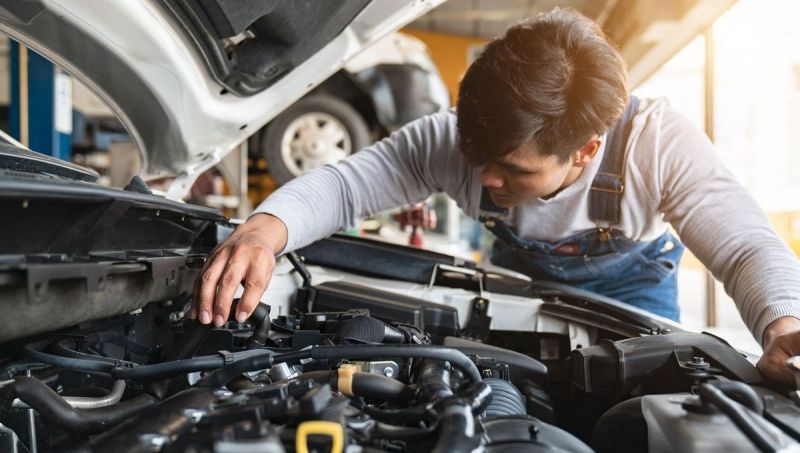Blog

Updated : April 17th, 2025
Is Your Car Worth Fixing, or Should You Simply Replace It Instead? Continue reading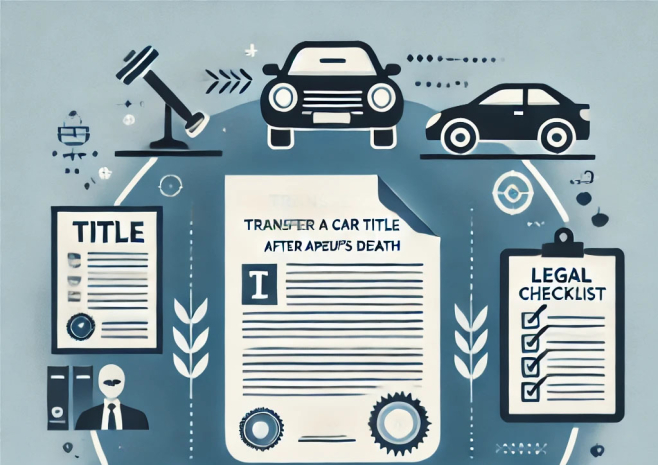
Updated : December 17th, 2024
Clean Titles and Title Washing in Vehicle Documentation Continue reading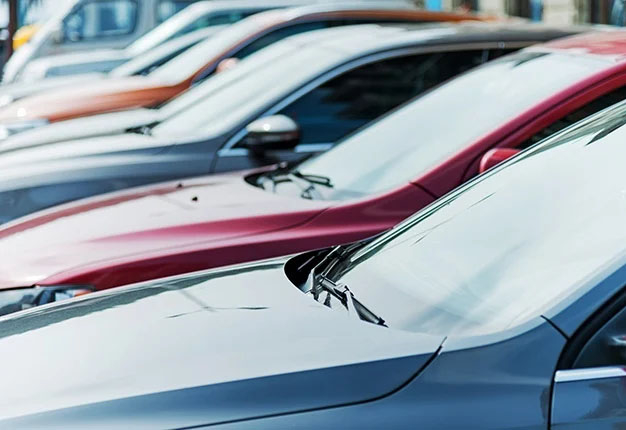
Updated : December 02th, 2024
Branded Title: A Comprehensive Guide to Types and Considerations Continue reading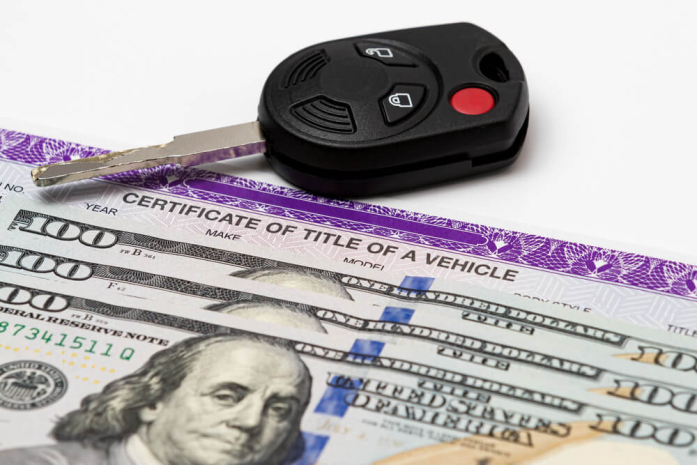
Updated : January 05th, 2025
What Is a Car Title: Definition, Purpose, and Key Information Continue reading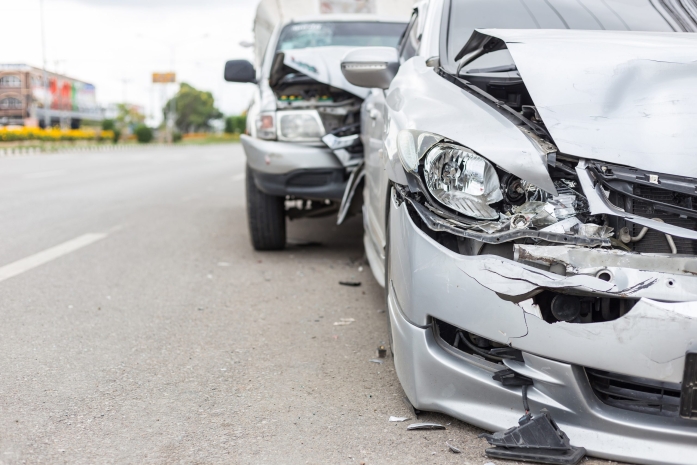
Updated : February 13th, 2025
Top 5 Car Brands Involved in the Most Fatal Accidents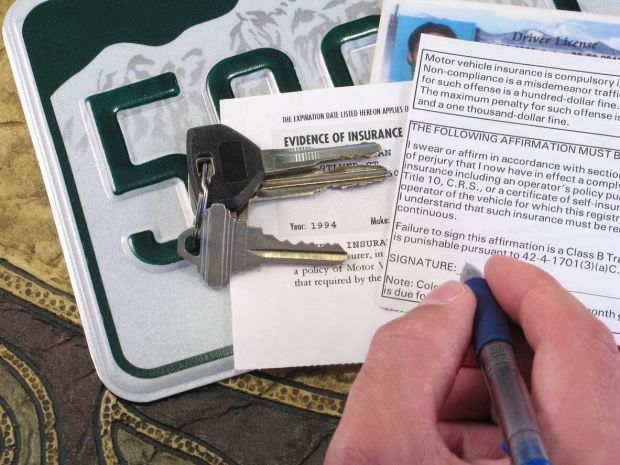
Updated : February 16th, 2025
How to Junk a Car With Expired Registration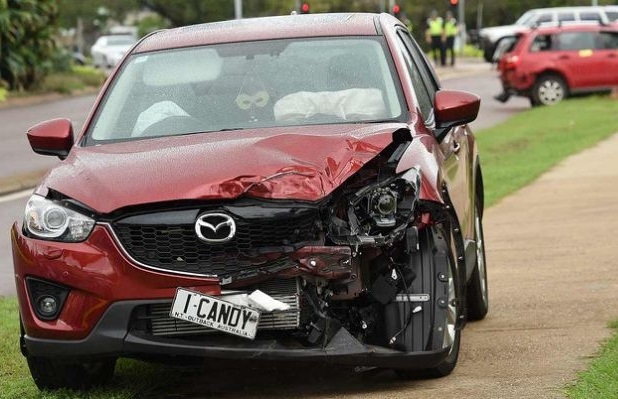
Updated : February 11th, 2025
Is it Safe to Drive My Wrecked Car After an Accident?
Updated : February 13th, 2025
How Many Junk Cars are You Allowed to Own?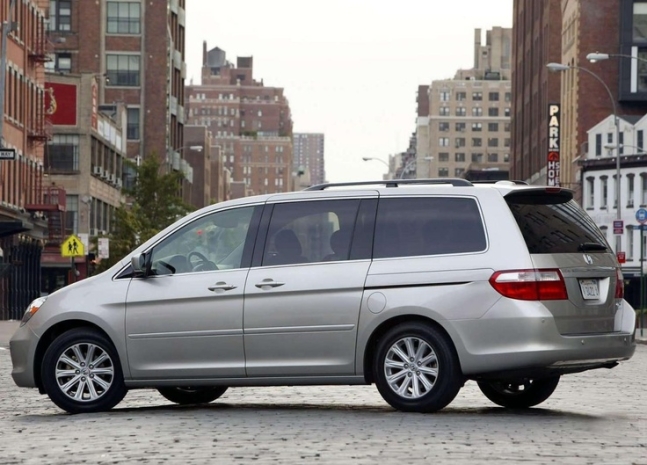
Updated : February 13th, 2025
15 Highest Paying Junk Cars to Get More Cash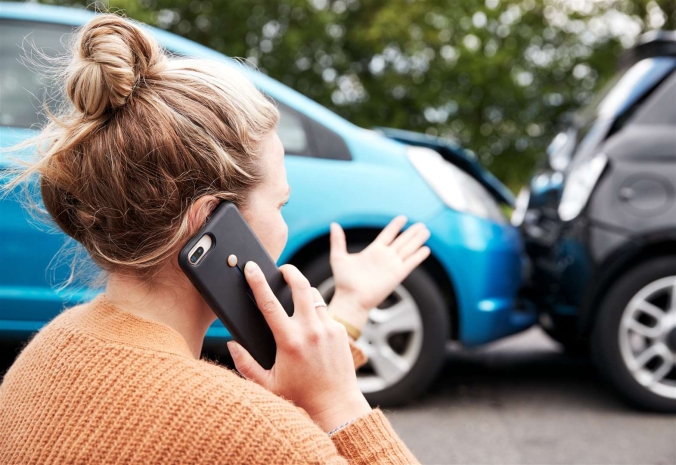
Updated : February 10th, 2025
What Happens If Your Friend Crashes Your Car — Who is Guilty and Who Will Pay?
Updated : February 12th, 2025
10 Most Hated Car Brands in the World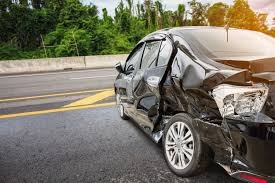
Updated : February 14th, 2025
Should You Repair a Salvage Car? All That You Need to Know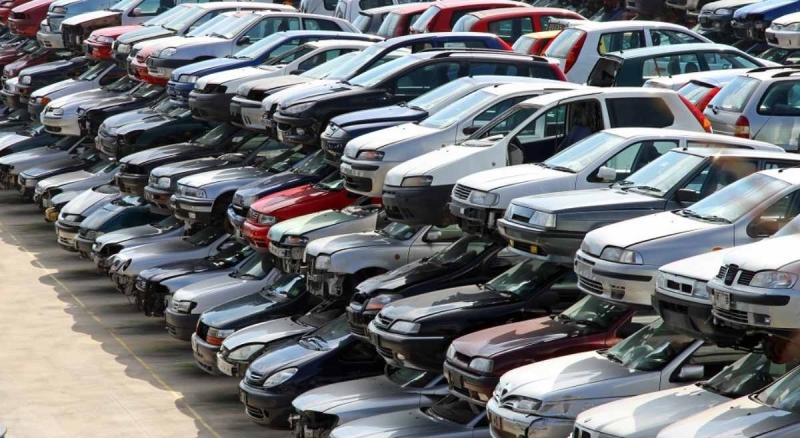
Updated : February 15th, 2025
How to Sell a Salvage Title Car?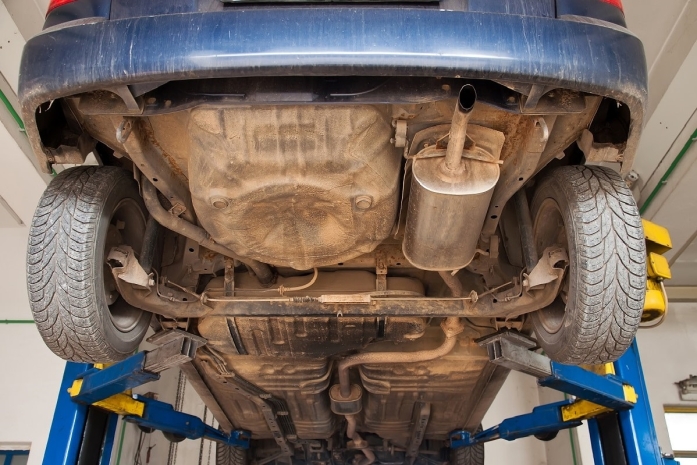
Updated : January 26th, 2025
Fixing Your Car's Undercarriage: All You Need to Know About Costs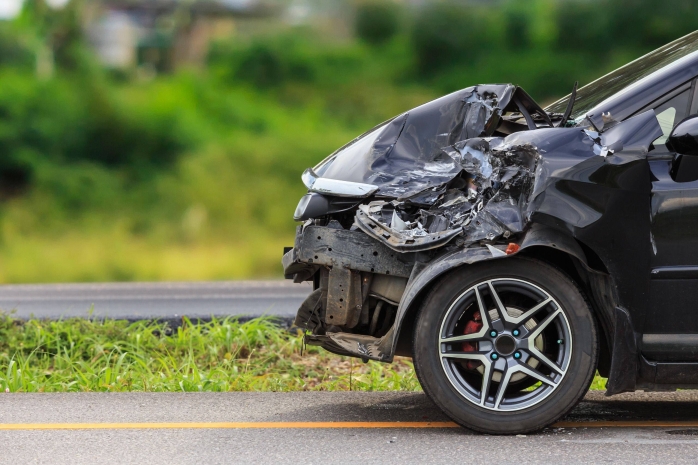
Updated : February 12th, 2025
The Most Crashed Cars In America (with Statistical Data)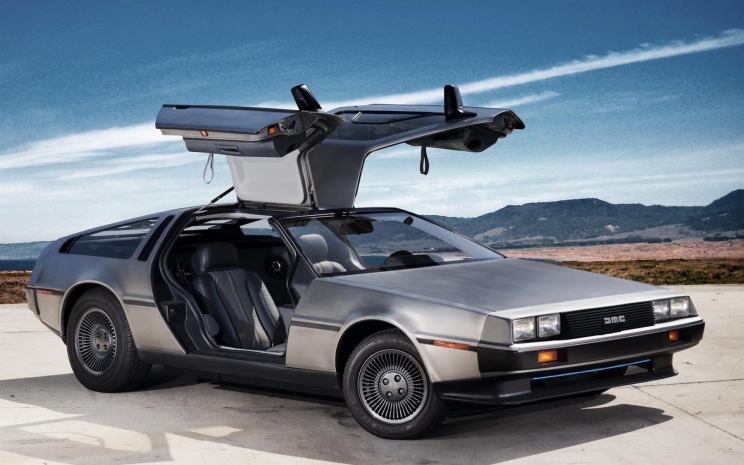
Updated : October 24th, 2023
Top 10 Most Dangerous Cars In the World and Reasons to Call Them That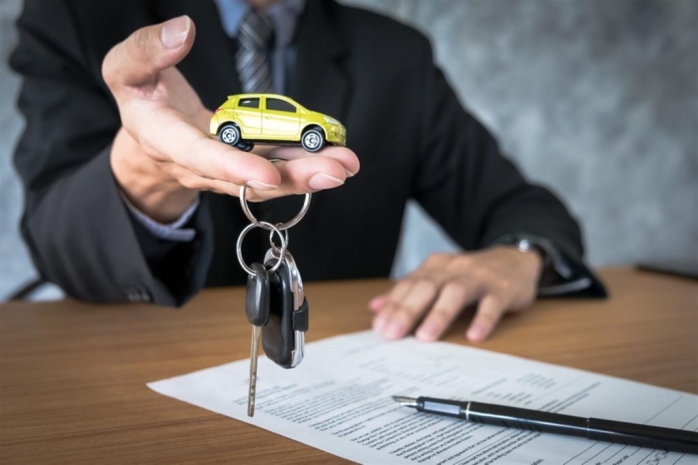
Updated : February 10th, 2025
Who Pays the Most Money for Junk Cars in the US?
Updated : March 12th, 2025
Salvage vs. Rebuilt Title: What Are the Differences?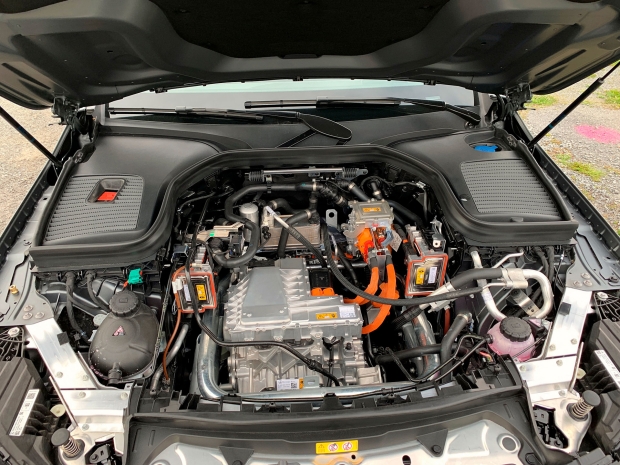
Updated : March 29th, 2025
Electric Car Motor Lifespan: How Long Does It Last?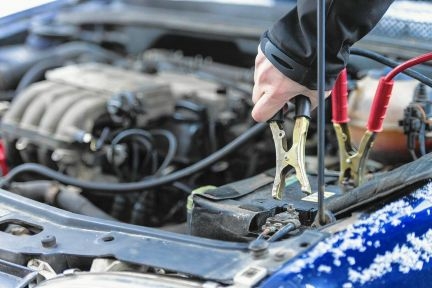
Updated : January 26th, 2025
Clicking Sound When Trying to Start the Car: What It Means and What Are the Main Causes?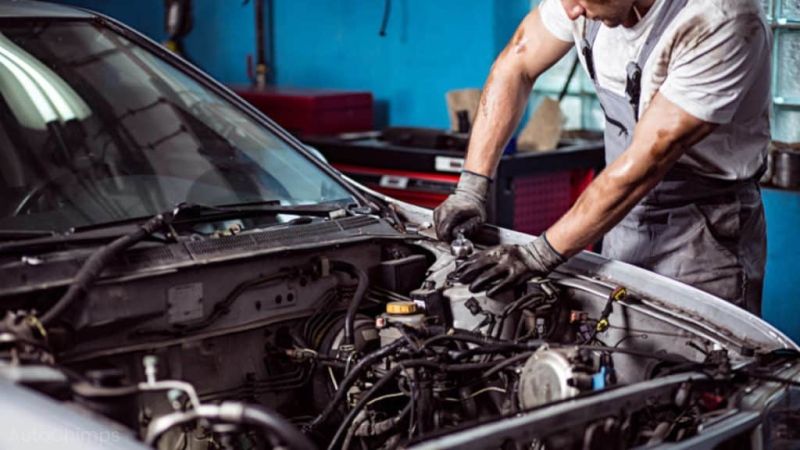
Updated : February 09th, 2025
Engine Rebuild Cost: Is Rebuilding an Engine Worth It?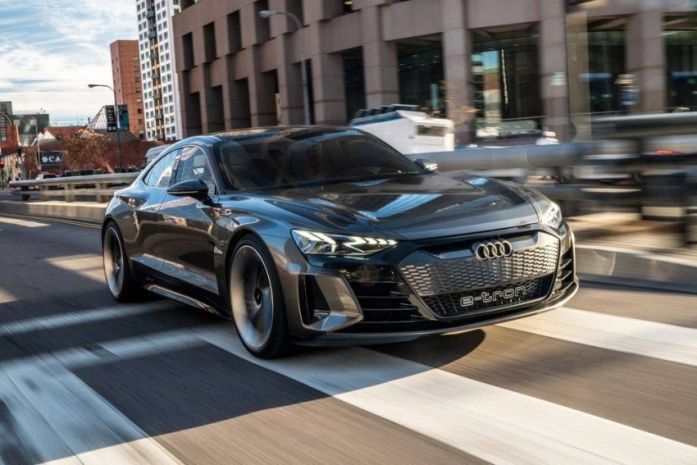
Updated : February 07th, 2024
13 Popular US Cars That Will Depreciate the Most in 2022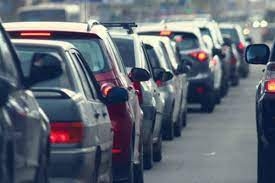
Updated : February 07th, 2024
10 Worst Rated Cars in 2021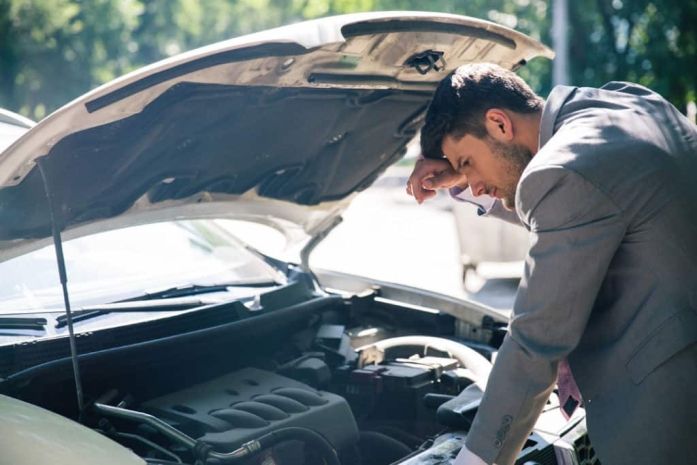
Updated : March 09th, 2025
13 Most Problematic US Cars Made in 2016-2021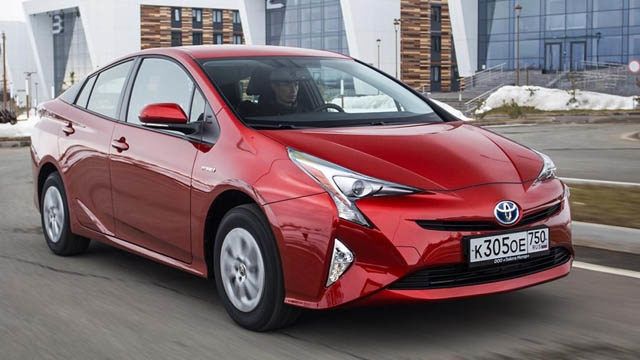
Updated : February 16th, 2025
Toyota Prius Battery Replacement: How Much Does it Cost and Is it Worth It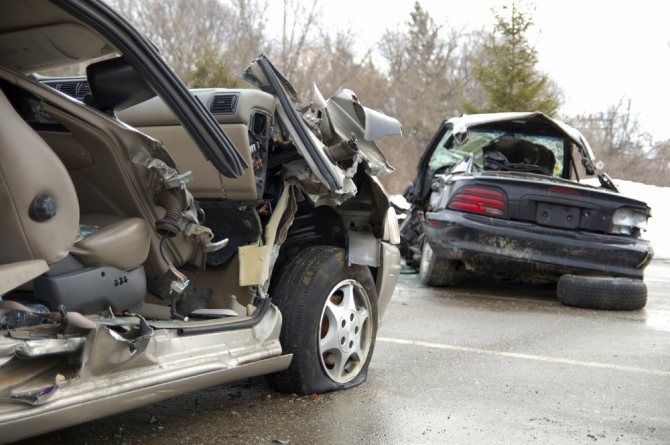
Updated : February 13th, 2025
What to Do With a Totaled Car With No Insurance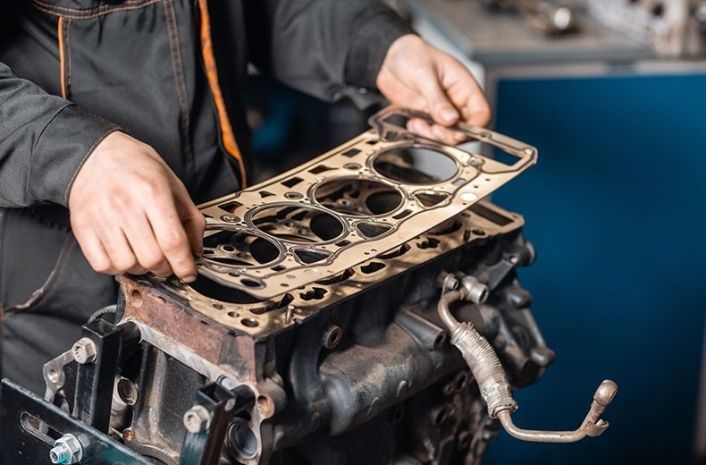
Updated : February 13th, 2025
Signs and Causes of a Blown Engine and Costs of Repair
Updated : January 26th, 2025
How Much Does Car Suspension Repair Cost?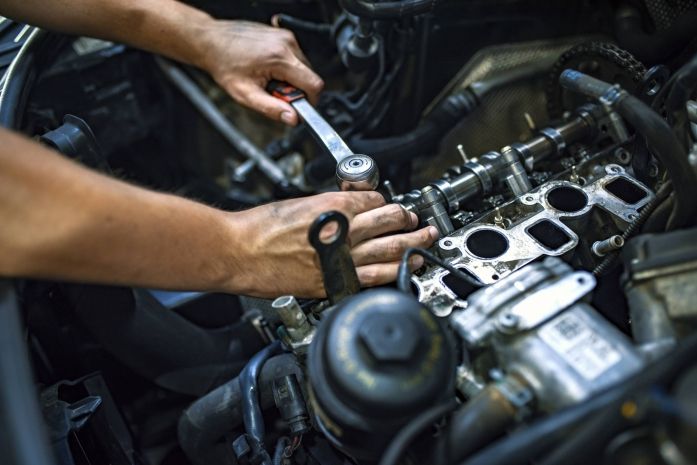
Updated : February 12th, 2025
When It Isn’t Worth Replacing a Car Engine
Updated : February 16th, 2025
Car Makes Grinding Noise While Accelerating and Driving at Low Speeds: Reasons and Fixes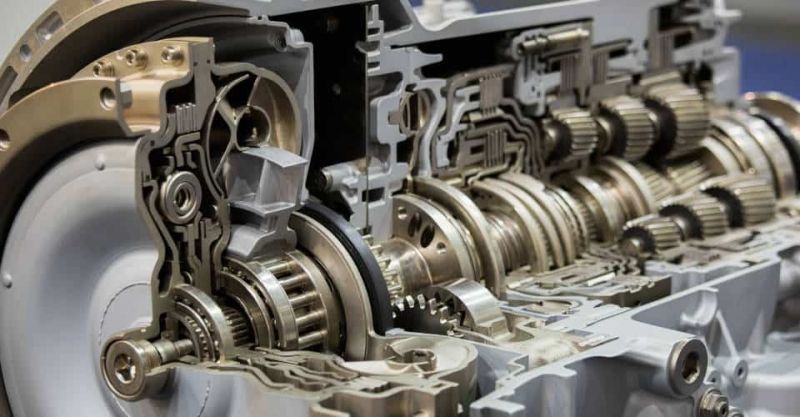
Updated : January 26th, 2025
Diagnosing and Fixing Rattling Noises in Your Car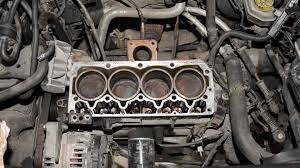
Updated : February 13th, 2025
Cracked Engine Block: Symptoms, Causes and Repair Tips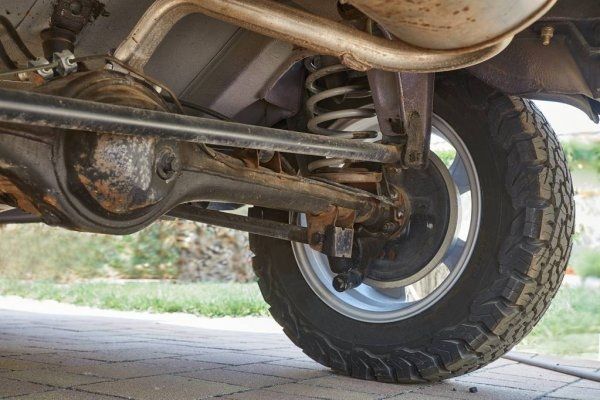
Updated : February 16th, 2025
5 Leaking Differential Symptoms & How to Fix
Updated : February 10th, 2025
Should You Have Insurance on Your Non-running Car?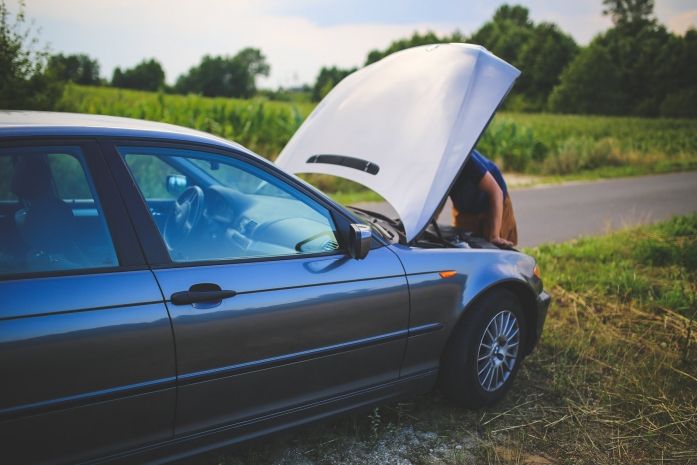
Updated : March 12th, 2025
Car Shuts Off While Driving: What Do You Need to Know?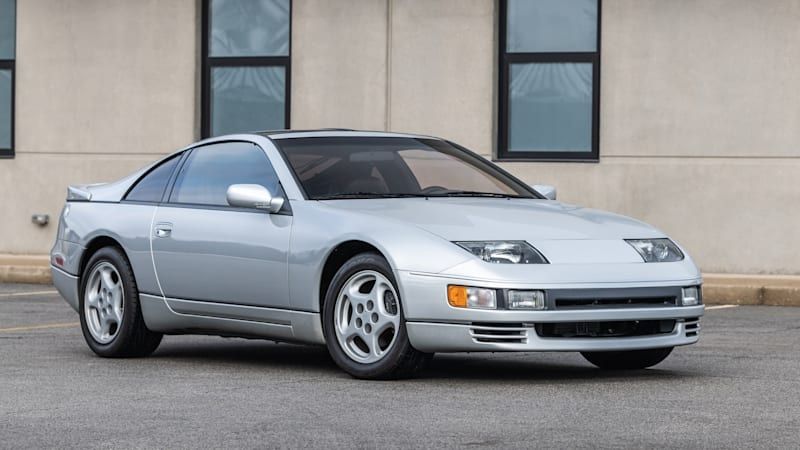
Updated : February 16th, 2025
10 Extremely Hard US Cars to Work On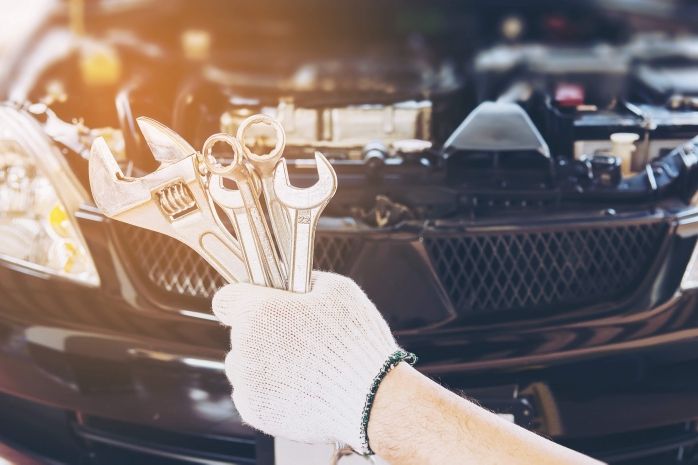
Updated : February 16th, 2025
5 Best Ways of Selling a Car with Mechanical Problems
Updated : February 13th, 2025
How Much Would a Junkyard Pay for My Car?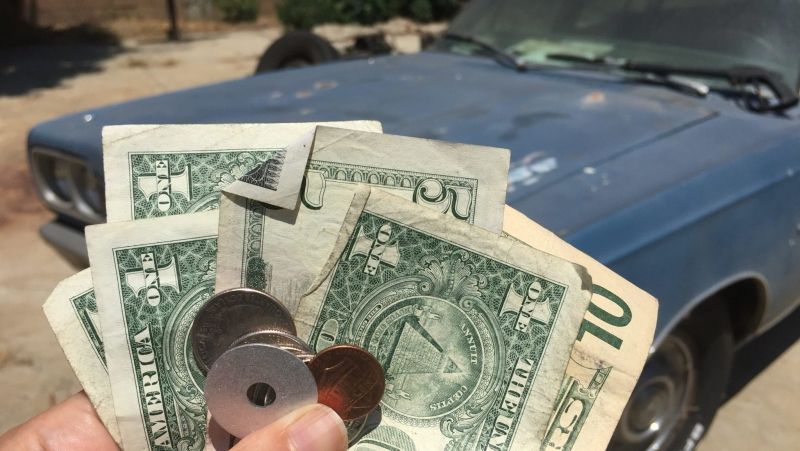
Updated : January 16th, 2023
Complete Guide of How to Sell a Broken Down Car for Cash Continue reading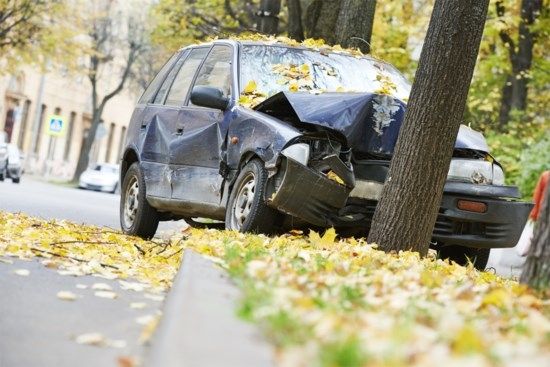
Updated : February 15th, 2025
What is the Salvage Value of Your Car and How to Calculate It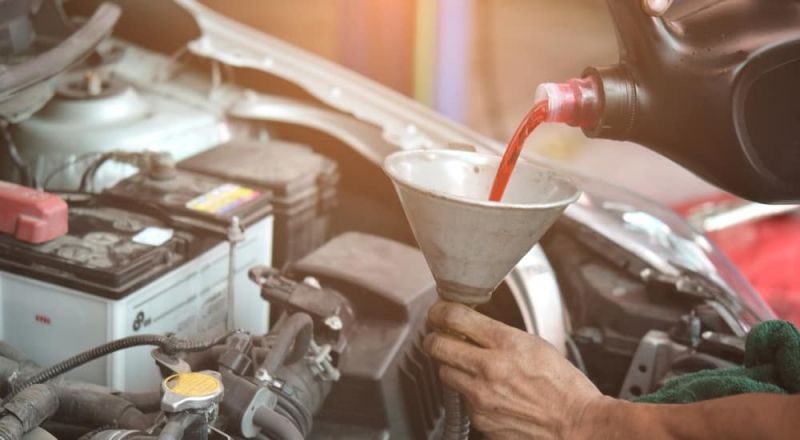
Updated : October 14th, 2023
Top 8 Symptoms You Used the Wrong Transmission Fluid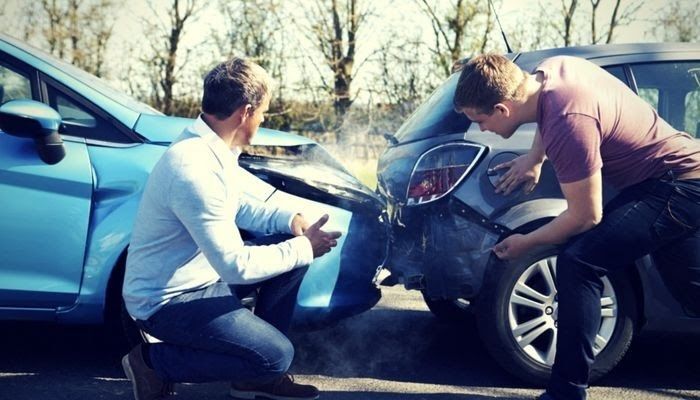
Updated : February 12th, 2025
What Happens to the Value of My Car After an Accident?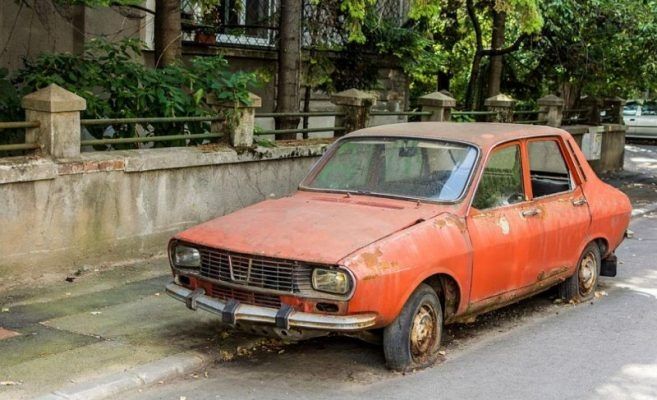
Updated : February 16th, 2025
Let’s Think About Ecology Together: Junk Your Car for Cash Today
Updated : February 16th, 2025
3 Things to Know About Junking a Car With Expired Registration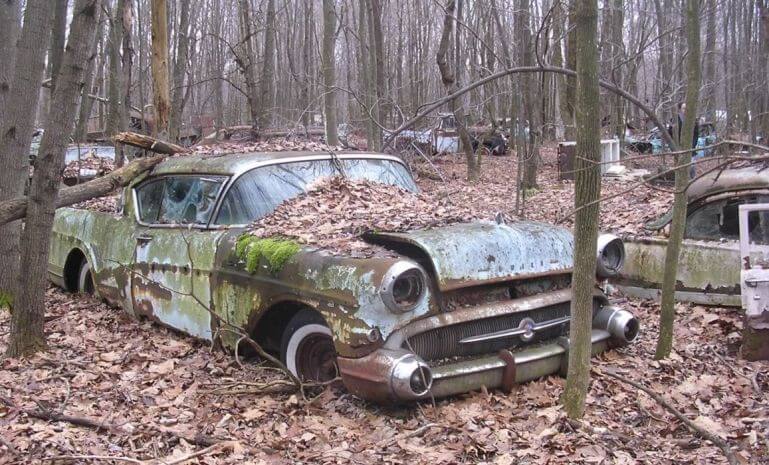
Updated : March 29th, 2025
How to Sell a Car With a Title Loan: All You Need to Know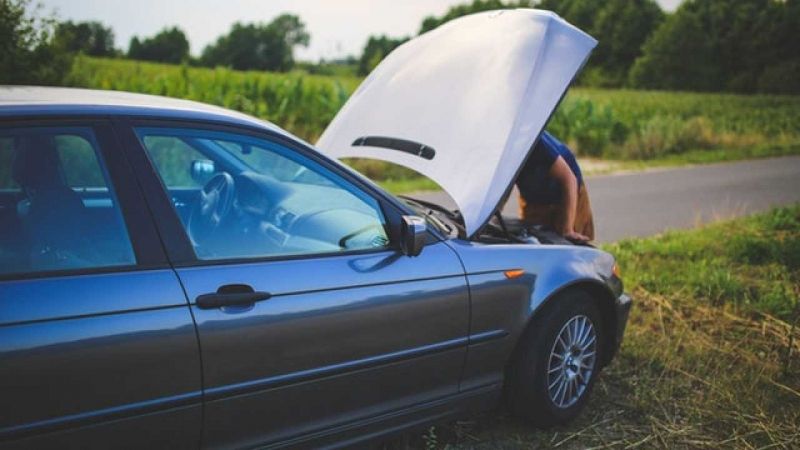
Updated : February 16th, 2025
12 Common Car Problems. List of Major & Minor Car Issues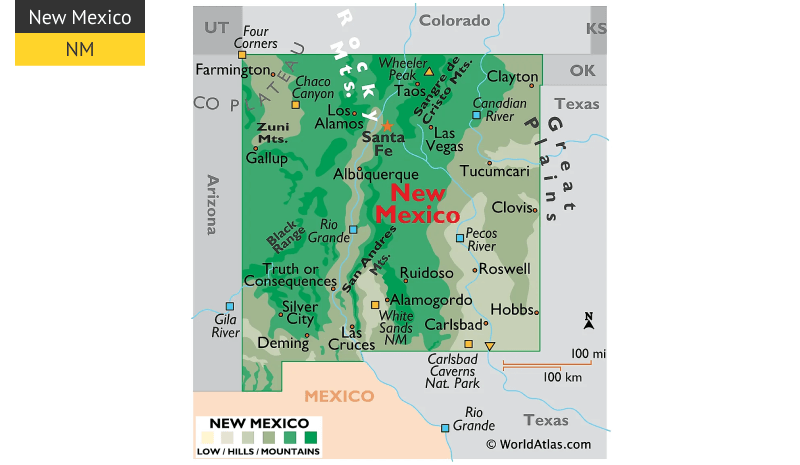
Updated : March 24th, 2022
How to Transfer a Car Title in New Mexico![How to Transfer a Car Title in New Jersey [Ultimate Guide] How to Transfer a Car Title in New Jersey [Ultimate Guide]](https://junkcarsus.com/files/articles_resized/800x465-new-jersey.800x465.png)
Updated : March 24th, 2022
How to Transfer a Car Title in New Jersey [Ultimate Guide]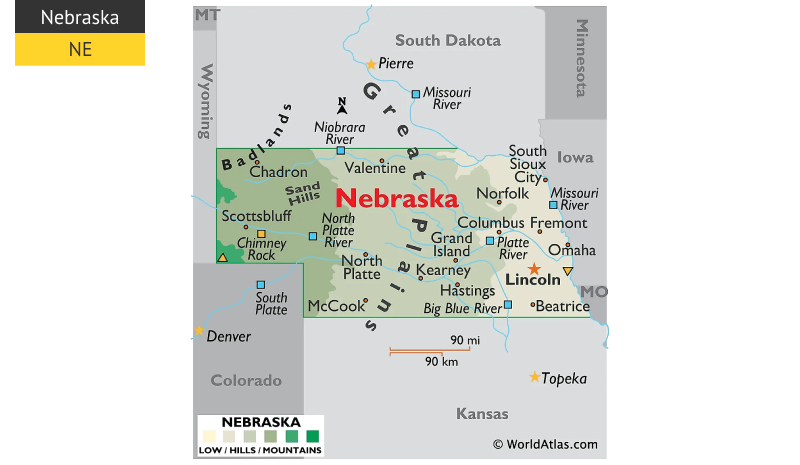
Updated : March 24th, 2022
How to Transfer a Car Title in Nebraska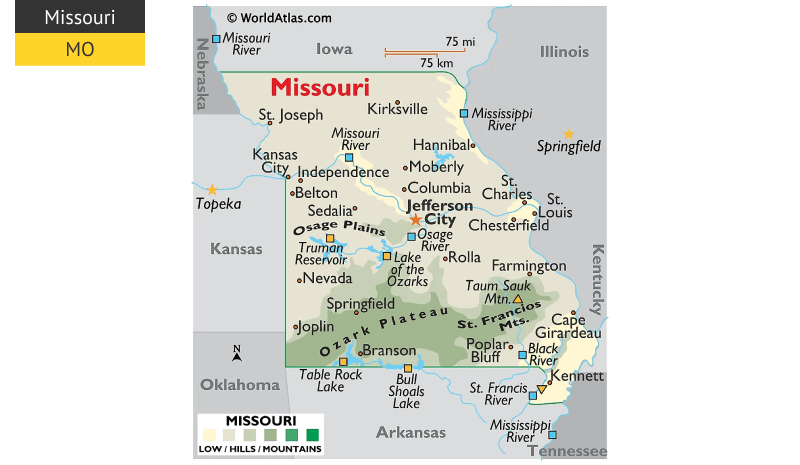
Updated : February 07th, 2024
How to Transfer a Car Title in Missouri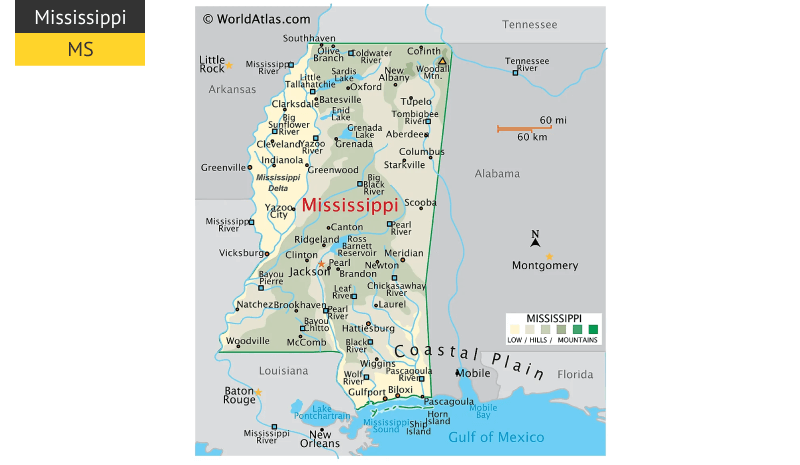
Updated : March 24th, 2022
How to Transfer a Car Title in MississippiFind out what your junk car is worth in seconds. Fil out the information below:
